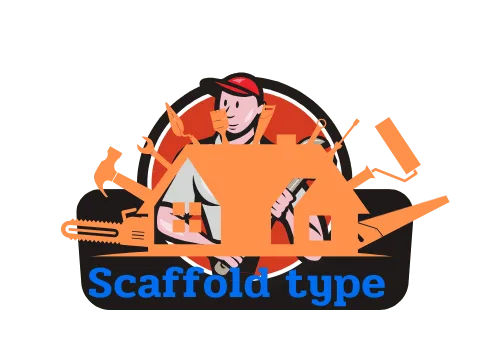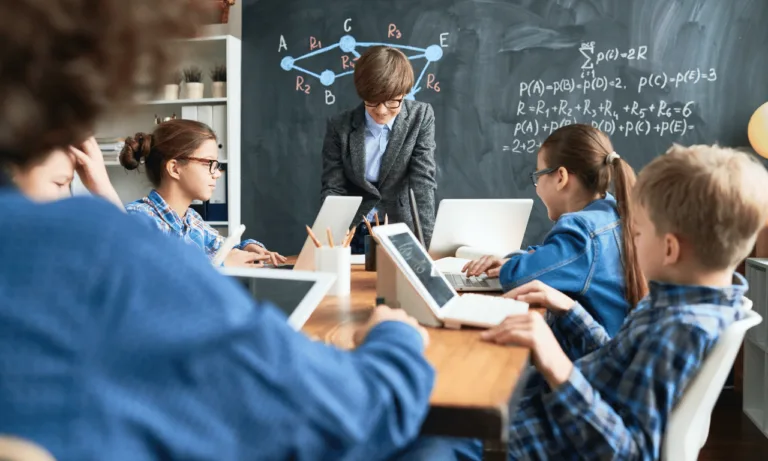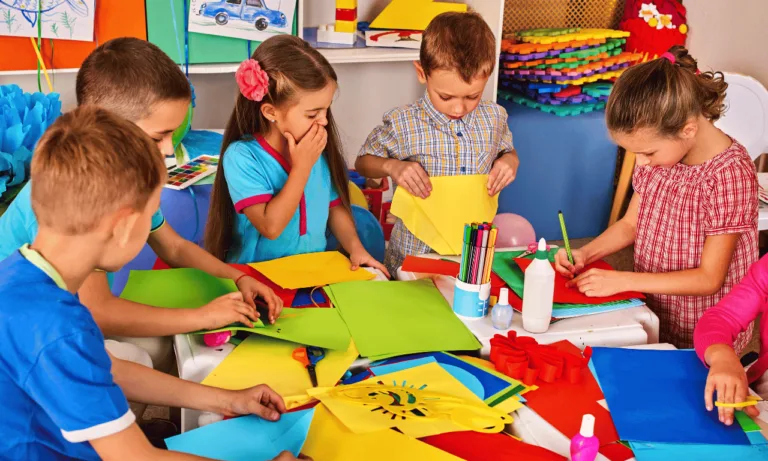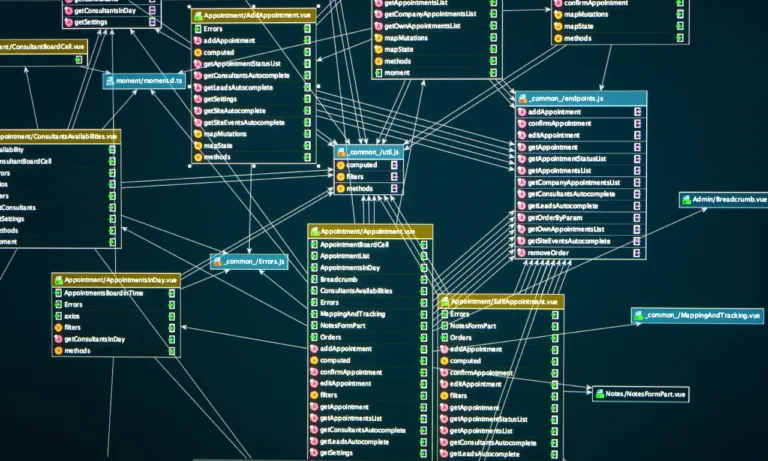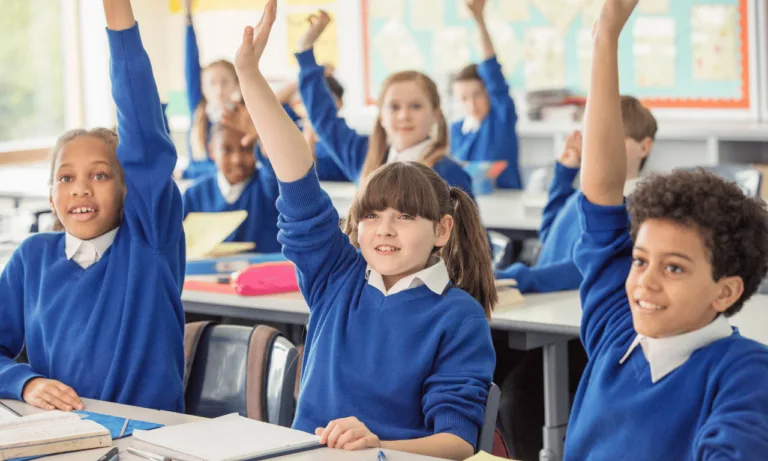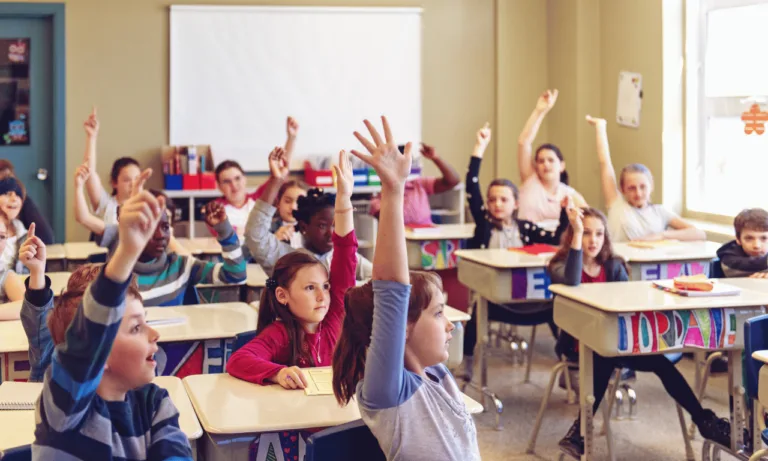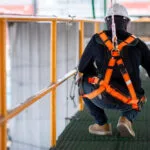Phone:
(+65)8319-0742
The Gradual Release of Responsibility model is a transformative approach to education that places the spotlight on scaffolded instruction. This educational framework successfully bridges the gap between teacher-led demonstration and the aspiration for student independence in learning. Rooted in the profound insights of cognitive development theorists, it channels instructional strategies that pivot from explicit teaching to an environment where students can confidently navigate through their educational journey with minimal guidance.
Learning is not a spectator sport, and the Gradual Release of Responsibility framework ensures it remains an engaging and active process. Pedagogues have long known that the path to cognitive development is paved with opportunities for learners to assume control of their knowledge acquisition, making this framework a key player in modern educational practices.
Key Takeaways
- The Gradual Release of Responsibility model helps students transition from dependence to independence.
- Scaffolded instruction provides the necessary supports for student success at each stage of learning.
- Instructional strategies within the GRR model are tailored to nurture cognitive development seamlessly.
- Student independence evolves naturally within this framework, fostering confidence and autonomy.
- The GRR model is influenced by foundational cognitive theories, emphasizing meaningful interactions and supports.
Understanding the Gradual Release of Responsibility Framework
The Gradual Release of Responsibility is a robust approach to education that transitions from strong teacher modeling to independent student engagement in learning activities. This progressive framework accentuates scaffolded instruction, allowing students to move from observation to action at a pace adapted to their individual needs. Let’s delve deeper into how this foundational concept reimagines the role of educators and learners within the classroom.
The Shift from Teacher-Led to Student-Centered Learning
Reflecting a significant paradigm shift in pedagogy, the Gradual Release of Responsibility emphasizes a student-centered learning environment. In this space, teachers are facilitators of knowledge rather than the sole disseminators. This shift begins with strong teacher modeling, imparting not just content, but also thinking strategies and problem-solving skills. Instruction is then incrementally transferred to the student, empowering them to take ownership of their learning process.
Foundational Theories Influencing Gradual Release of Responsibility
Several key psychological theories underpin this learner-focused approach. Cognitive structures, as outlined by Piaget, suggest that scaffolded instruction helps in the assimilation and accommodation of new information. Similarly, Vygotsky’s concept of the zone of proximal development provides a framework for understanding the optimal space for learning to occur with adult guidance. Bandura’s insights into the motivational aspects of learning highlight the importance of self-efficacy in the learning process.
Enhancing Cognitive Structures through Scaffolded Instruction
Vygotsky’s theory integrates seamlessly with the Gradual Release of Responsibility as teachers scaffold instruction to extend and challenge a student’s current understanding and skills within a supportive learning environment. As a result, scaffolded learning activities foster deeper cognitive structures, allowing for progressive student engagement and self-reliance. Through deliberate pacing and interactive techniques, teachers can guide learners to higher levels of independence.
| Instructional Phase | Teacher’s Role | Student’s Role |
|---|---|---|
| Teacher Modeling | Direct instruction and demonstration of strategies | Observation and comprehension of modeled concepts |
| Guided Instruction | Facilitating and correcting | Active participation and application of strategies |
| Independent Practice | Monitoring and providing feedback | Applying strategies independently |
Through the thoughtful application of these principles, teachers can create an inclusive educational atmosphere that champions every student’s potential and encourages a lifelong passion for learning.
Scaffolded Instruction and Teacher Modeling
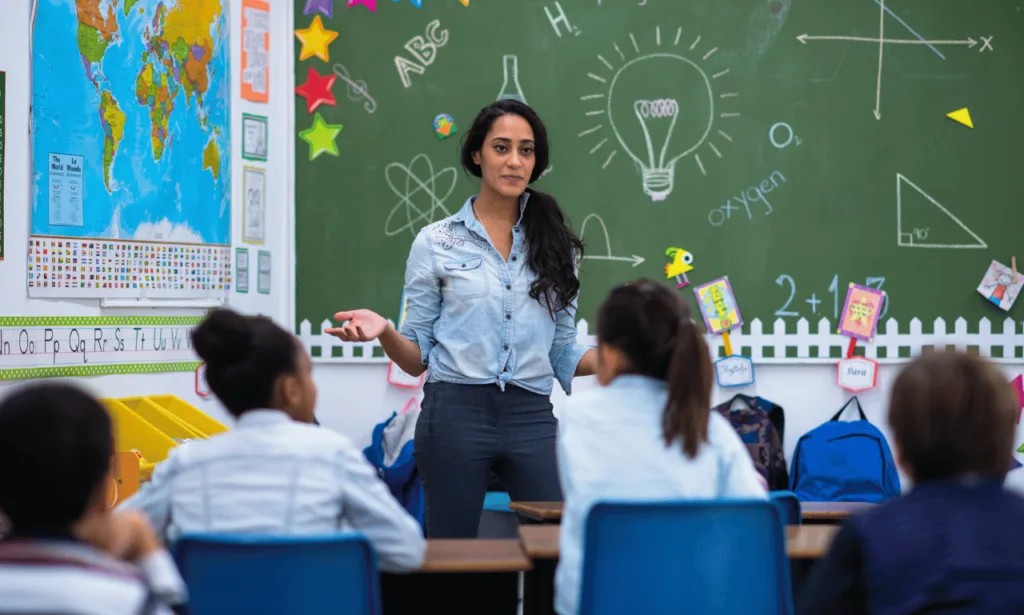
In the realm of effective education, teacher modeling stands as a cornerstone, paving the way for scaffolded instruction that targets enhanced learning outcomes. These instructional strategies bridge the gap between concept introduction and student mastery. Implementing these approaches within the classroom not only reinforces the instructional content but also equips students with a clear blueprint for success.
Setting Clear Learning Objectives
The process of scaffolded instruction is inseparable from the establishment of well-defined learning objectives. Teachers are tasked with crafting goals that are both attainable and challenging, serving as lighthouses guiding students through their educational journey. These objectives are not merely destinations but also crucial checkpoints that inform both the educator and the learners of their progress and areas needing reinforcement.
By setting clear targets, educators can tailor their instructional strategies to meet the diverse needs of their students, ensuring that each step in the learning process is aligned with overarching goals. Carefully formulated objectives lay a robust foundation upon which scaffolded instruction can effectively build.
Importance of Teacher-Demonstrated Examples
Integral to scaffolded instruction is the practical application of teacher modeling. It encapsulates the presentation of live, actionable examples that illustrate both the content and the cognitive processes involved in mastering a task. Such demonstrations are vital, as they provide students with a tangible reference for understanding complex concepts and procedures.
Teacher-led examples also function as a blueprint for students, demonstrating the exact steps and thought patterns necessary for successfully navigating new material. Through careful observation, students can internalize these methods and apply them independently, promoting confidence and proficiency in their own attempt to replicate the modeled tasks.
Ultimately, the fusion of teacher modeling with scaffolded instruction culminates in a learning experience that is both structured and adaptive, capable of meeting learners where they are and catapulting them towards their highest educational potential.
Fostering Student Engagement through Guided Practice
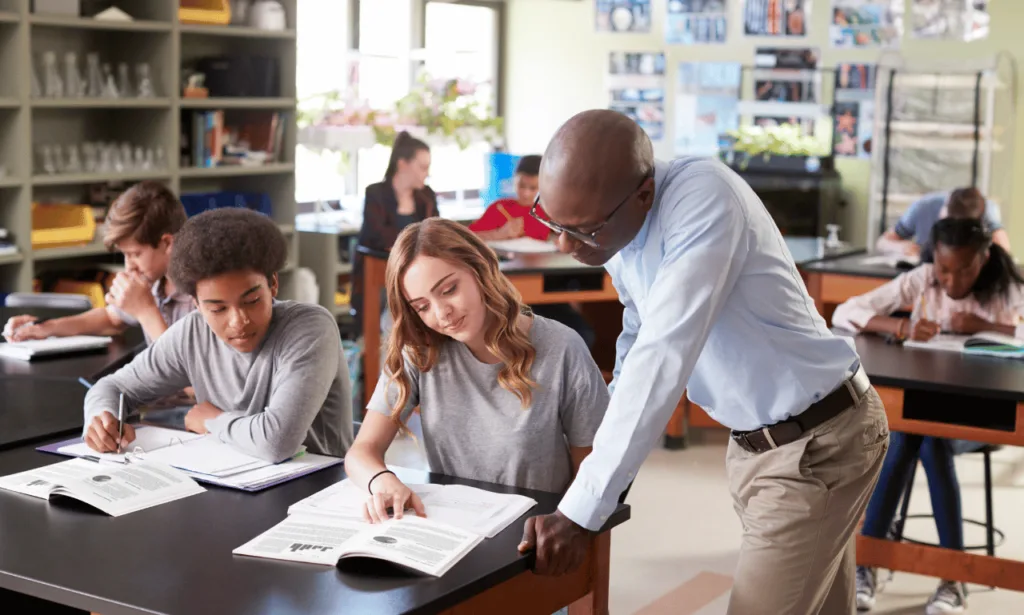
At the heart of unlocking a student’s potential in the classroom lies the delicate practice of engaging them through direct and meaningful experiences. Guided practice represents the bridge between the theoretical learnings of the classroom and the confidence required for independent practice. It’s here where teachers implement instructional scaffolds, creating an environment ripe for academic exploration while still within the safety net of structured guidance.
Through the rich process of guided practice, educators invigorate student engagement by posing strategic questions, fostering a dynamic of inquiry, and supporting students with cues that edge them closer to enlightenment. This not only serves to clarify the task at hand but also actively involves students in the learning process, aligning perfectly with the mantra, “Tell me and I forget, teach me and I may remember, involve me and I learn.”
- Strategic questioning: creating critical thinkers.
- Prompting and cueing: guiding thought processes.
- Corrective feedback: affirming the right pathway.
The utilization of these instructional scaffolds is more than just a teaching tactic; it’s a means of igniting a self-sustaining fire of academic curiosity and rigor. With each question asked, students are encouraged to delve deeper and view each problem from multiple angles, a skill pertinent to their scholastic and future professional lives.
- Building analytical skills through exploration.
- Encouraging self-assessment and reflection.
- Developing resilience in the face of challenge.
The ethos of guided practice stands firm on the edifice of active participation. As students navigate through the challenges posed by their instructors, the gradual withdrawal of support is seamlessly executed. The baton of learning passes firmly into the hands of the students, embellishing their path to independent practice with the marks of their hard-earned insights.
Indeed, the journey from the terra firma of guided practice to the autonomous realms of independent practice is marked by a series of successes and inevitable stumbling blocks. Yet, each moment is laden with critical learning moments, reflective of the genuine engagement that has become the linchpin of modern pedagogical endeavors.
The Role of Productive Group Work in Learning Activities
Productive group work is not just about completing tasks; it’s a pivotal component of the educational ecosystem that leverages the power of collaborative learning to sharpens students’ grasp of academic language. When students come together for learning activities, they are not only sharing knowledge but also are actively engaged in a process that develops critical thinking and problem-solving skills. Such collaboration is rooted in the belief that learning is social and that through shared intellectual endeavors, students can achieve educational outcomes that might elude them in solitary study.
In practicing productive group work, students are often required to negotiate meaning, articulate their thoughts using academic language, and build on the contributions of their peers. This serves to internalize complex concepts and terminologies that are the bedrock of scholarly communication. Productive group work thus fosters an environment ripe for collaborative learning, where each group member’s understanding is broadened through interaction and discussion.
During these learning activities, individual accountability is paramount. Each student’s contribution is essential, ensuring that all members are engaging with the content and are accountable to one another for the collective success of the group. This sense of responsibility not only encourages active participation but also promotes a collective drive towards high-quality academic outcomes.
The consolidation phase afforded by productive group work is far from the end of the learning journey. It ideally positions students to refine their understandings and prepares them to demonstrate their newfound knowledge independently. By cultivating a space where students feel supported in taking intellectual risks, productive group work sets the stage for the rigorous demands of academic life.
- Encourages the use of academic language in context
- Enhances understanding through peer discussion and explanation
- Develops responsible, engaged citizens ready for collaborative efforts in the real world
To encapsulate, productive group work within the learning activities framework is integral in transforming passive classrooms into arenas of vibrant intellectual exchange. It provides a steppingstone for students to engage deeply with content and prepares them for the complexities of independent academic pursuit, making it a requisite practice for any results-driven educational institution.
Empowering Independent Practice and Application
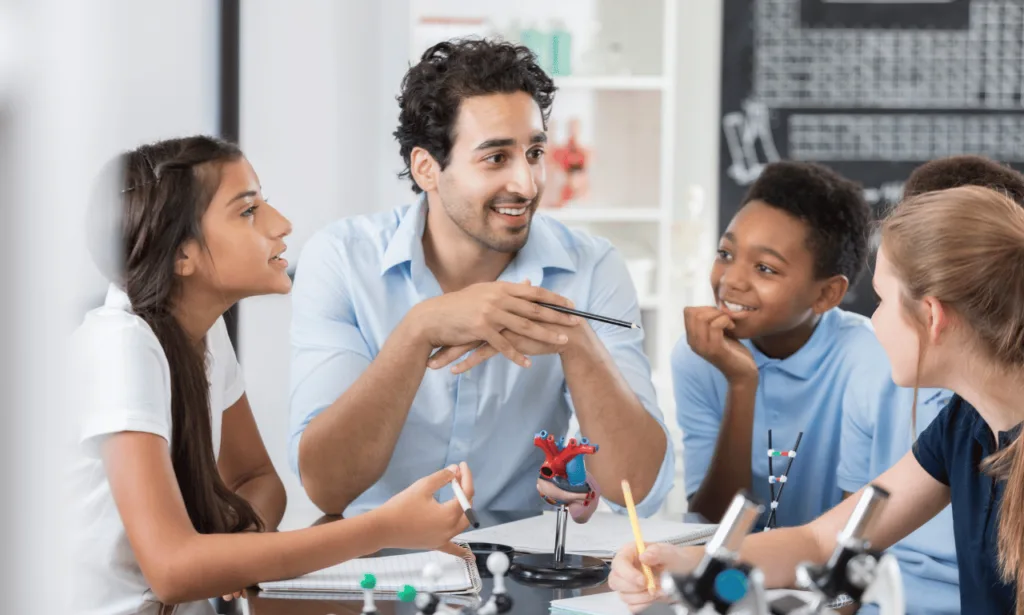
The journey through the Gradual Release of Responsibility framework culminates in the critical phase of independent practice, where students demonstrate their mastery of the subject by engaging in learning activities autonomously. This stage represents a significant milestone in a learner’s educational journey, highlighting the transition towards student independence and signifying a deepened understanding and capability to apply knowledge and skills independently.
Shift to Independent Learning Tasks
Independent learning tasks are designed to confirm whether students can apply concepts and techniques learned in the absence of direct teacher guidance. These tasks encourage learners to take ownership of their educational progress, fostering a sense of responsibility and confidence in their capabilities. Through formative assessments integrated within this phase, educators can monitor students’ proficiency and provide just-in-time support as needed, thereby ensuring the continuity of the learning cycle.
Ensuring Students’ Readiness for Independent Application
Before students embark on independent practice, it’s crucial to assess their readiness to handle tasks without external assistance. Formative assessments play an indispensable role here, offering insights into each learner’s comprehension and performance. These assessments serve not just as checkpoints but as a reflective tool for both students and educators to perceive the efficacy of the prior instructional stages. Ensuring students are adequately prepared for independent application is paramount for the success of independent practice, warranting that the cycle of learning is complete, effective, and truly fosters student independence.
Conclusion
The journey through the Gradual Release of Responsibility framework is a transformative process that not only fosters cognitive development but also cultivates a vibrant classroom atmosphere centered around student engagement and independent learning. It’s a comprehensive approach that provisions students with the instructional strategies necessary to navigate educational paths with growing autonomy. By meticulously shifting the cognitive load from teacher to student, educators can ignite the flame of lifelong learning, where curiosity leads to discovery, and scaffolding supports ascend to new heights of scholarly independence.
Further exploration into Fisher and Frey’s insights, particularly through “The First 20 Days: Establishing Productive Group Work in the Classroom” and “Homework and the Gradual Release of Responsibility: Making ‘Responsibility’ Possible,” reveals the profound implications of the GRR model on everyday teaching practices. These resources underscore the importance of structured approaches in educational settings, highlighting the delicate balance of guidance and freedom that empowers learners to thrive academically and personally. The synergistic relationship between these elements lays the groundwork for a successful application of the GRR framework, propelling both students and teachers towards a more engaged and dynamic learning experience.
In essence, the Gradual Release of Responsibility is more than just an instructional model; it is a philosophy that respects the innate potential within each learner. It reassures educators that when equipped with the right strategies, every student is capable of transcending the confines of passive reception to actively shaping their cognitive and educational futures. As such, the framework remains an essential pedagogical cornerstone, guiding educators and learners alike on the quest for knowledge, competence, and independence in the ever-evolving landscape of learning.
FAQ
What is the Gradual Release of Responsibility?
The Gradual Release of Responsibility (GRR) is an instructional framework aimed at transitioning cognitive work from the teacher to the student. It involves a sequence that includes teacher-led modeling, guided practice with strategic support, and eventually leads to independent student application of skills and knowledge.
How does the Gradual Release of Responsibility model work?
The GRR model works by systematically shifting responsibility for learning from the teacher to the student. It begins with teacher modeling, where concepts are introduced and thought processes are made visible. This progresses to guided practice where students apply these concepts with support, then to productive group work, and finally to independent practice where students apply what they’ve learned autonomously.
What are the components of scaffolded instruction within the GRR framework?
Scaffolded instruction incorporates teacher modeling with clear objectives, guided practice with supportive questioning and feedback, productive group work encouraging collaboration, and eventual independent practice. These instructional strategies help enhance cognitive development and ensure the structure is maintained for learning tasks.
Why is teacher modeling important in the Gradual Release of Responsibility framework?
Teacher modeling is essential as it provides students with a clear example of what is expected in terms of both process and product. It exemplifies the thinking and strategies needed to accomplish tasks, which students can then emulate during guided practice and beyond, into independent work.
How do instructional scaffolds assist in student engagement during guided practice?
Instructional scaffolds such as strategic questioning, cueing, and providing structured prompts help students to understand and engage with the material. These supports are gradually removed as students gain confidence and capability, leading them towards successful independent practice.
What is the purpose of productive group work in the GRR model?
Productive group work serves as a collaborative phase where students can deepen their understanding through peer interaction. It allows students to practice using academic language and to be accountable for their contributions, reinforcing what they learned during teacher modeling and guided practice.
When should students engage in independent practice?
Students should engage in independent practice after they have sufficiently grasped the material through the preceding stages of the GRR framework. It’s essential that they demonstrate readiness, which can be evaluated through formative assessments and teacher judgment, before taking on tasks without support.
How can teachers ensure students are ready for independent application of skills?
Teachers can use formative assessments to gauge student understanding and readiness for independent work. Observing students during guided practice and productive group work also offers insights into their preparedness. If necessary, additional scaffolding or instruction may be provided until students are ready.
What are some recommended resources for understanding the GRR framework in more depth?
For a more in-depth understanding of the GRR framework, educators may consult works such as “The First 20 Days: Establishing Productive Group Work in the Classroom” and “Homework and the Gradual Release of Responsibility: Making ‘Responsibility’ Possible,” both authored by Fisher and Frey.
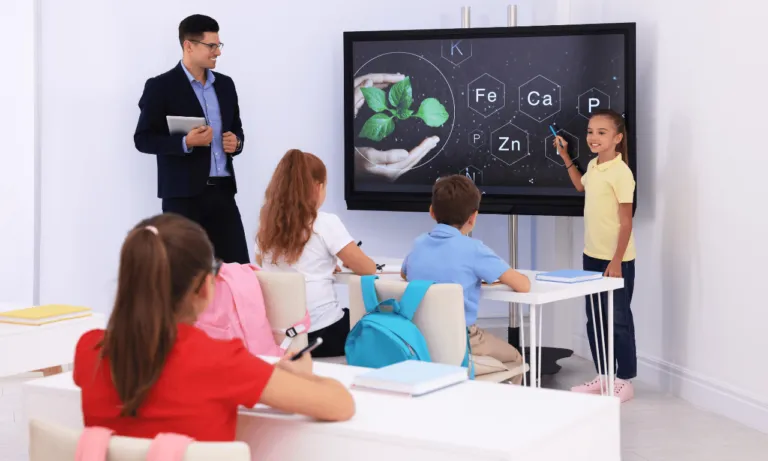
Enhance Education with Interactive Learning Guides
Education is undergoing a digital revolution, and Interactive Learning Guides are at the forefront, shaping…
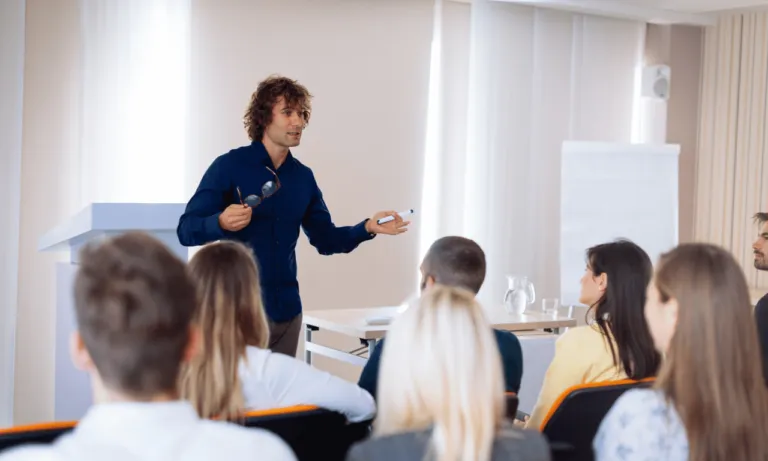
Embracing Adaptive Teaching Methods in Education
The educational landscape is undergoing a transformative shift with the introduction of Adaptive Teaching…
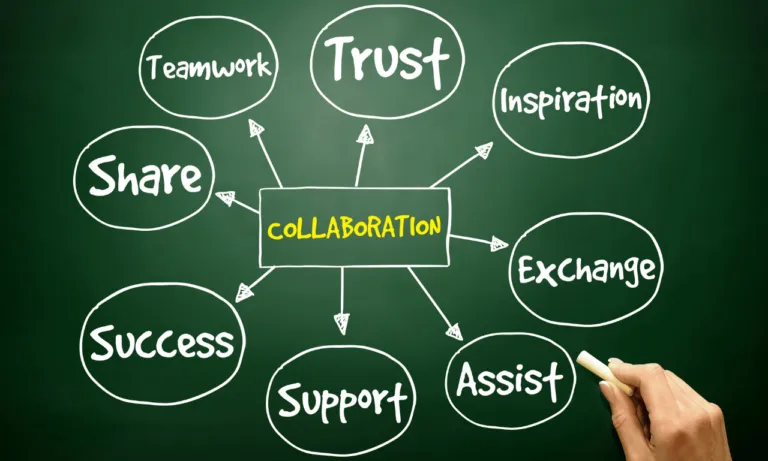
Empowering Learning with Collaborative Educational Framework
The landscape of education is undergoing a revolutionary change with the introduction of the Collaborative…
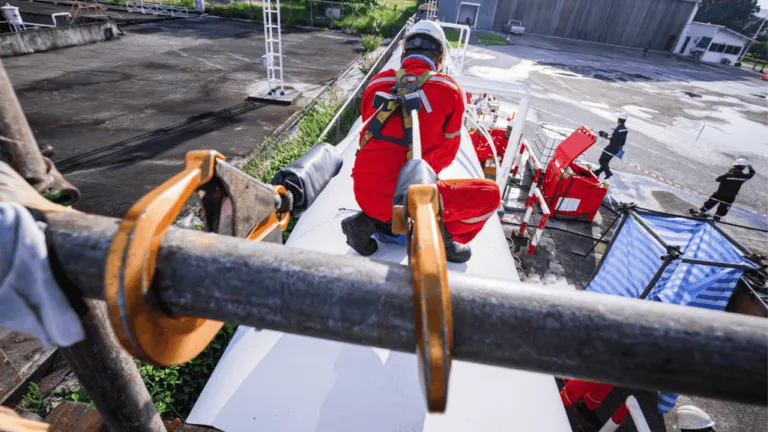
Work at Height Standard: Safety Guidelines Explained
Working at height means doing a job where you could fall and get hurt. In general industry, the Occupational…
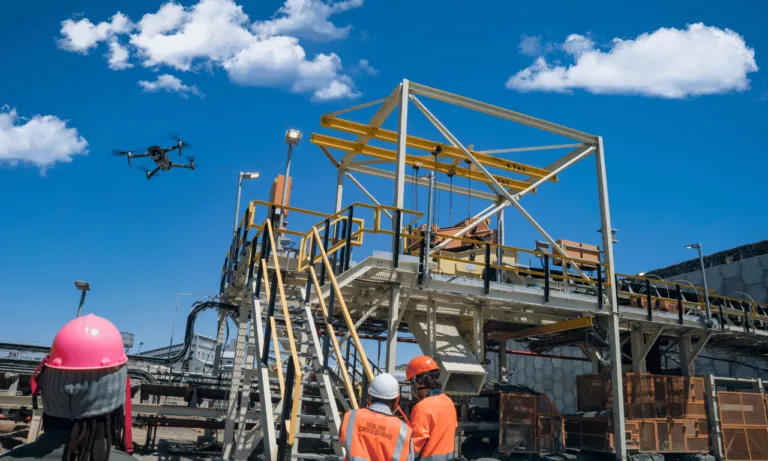
Efficient Drone Inspection Software Solutions
Reduce risk, increase efficiency, and improve quality with Skylineâs virtual inspection solutions….
No posts found
